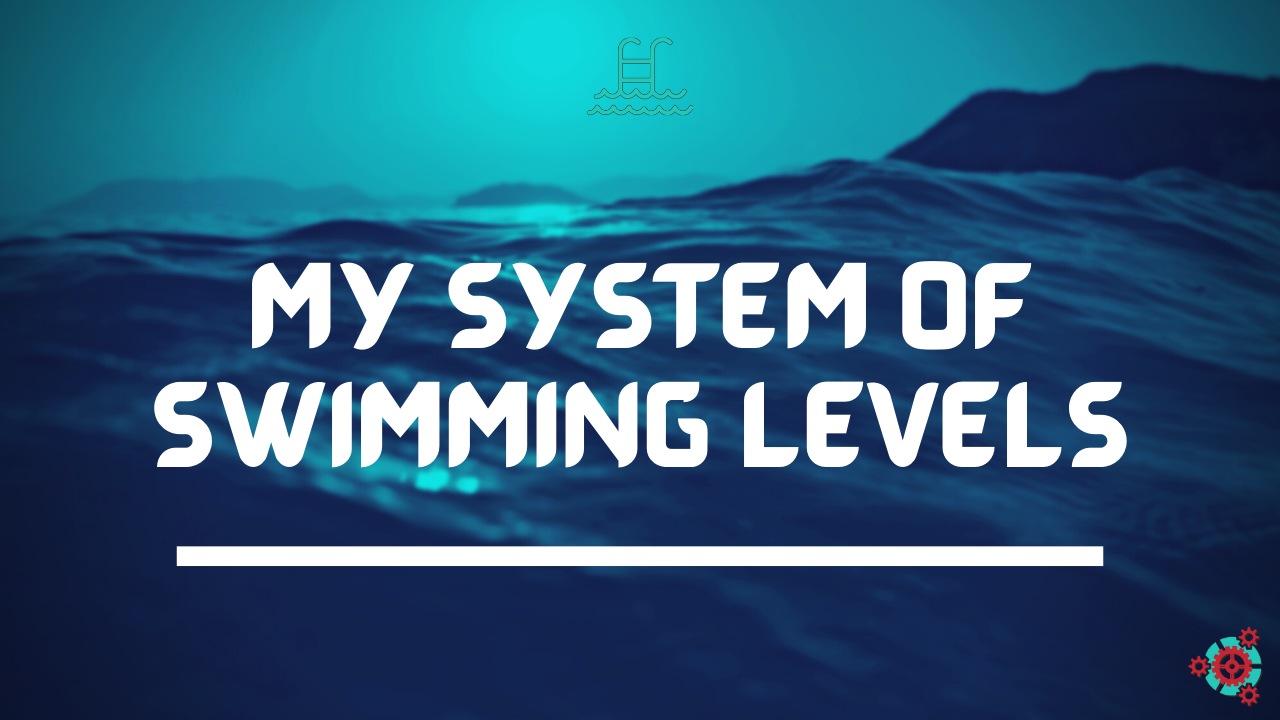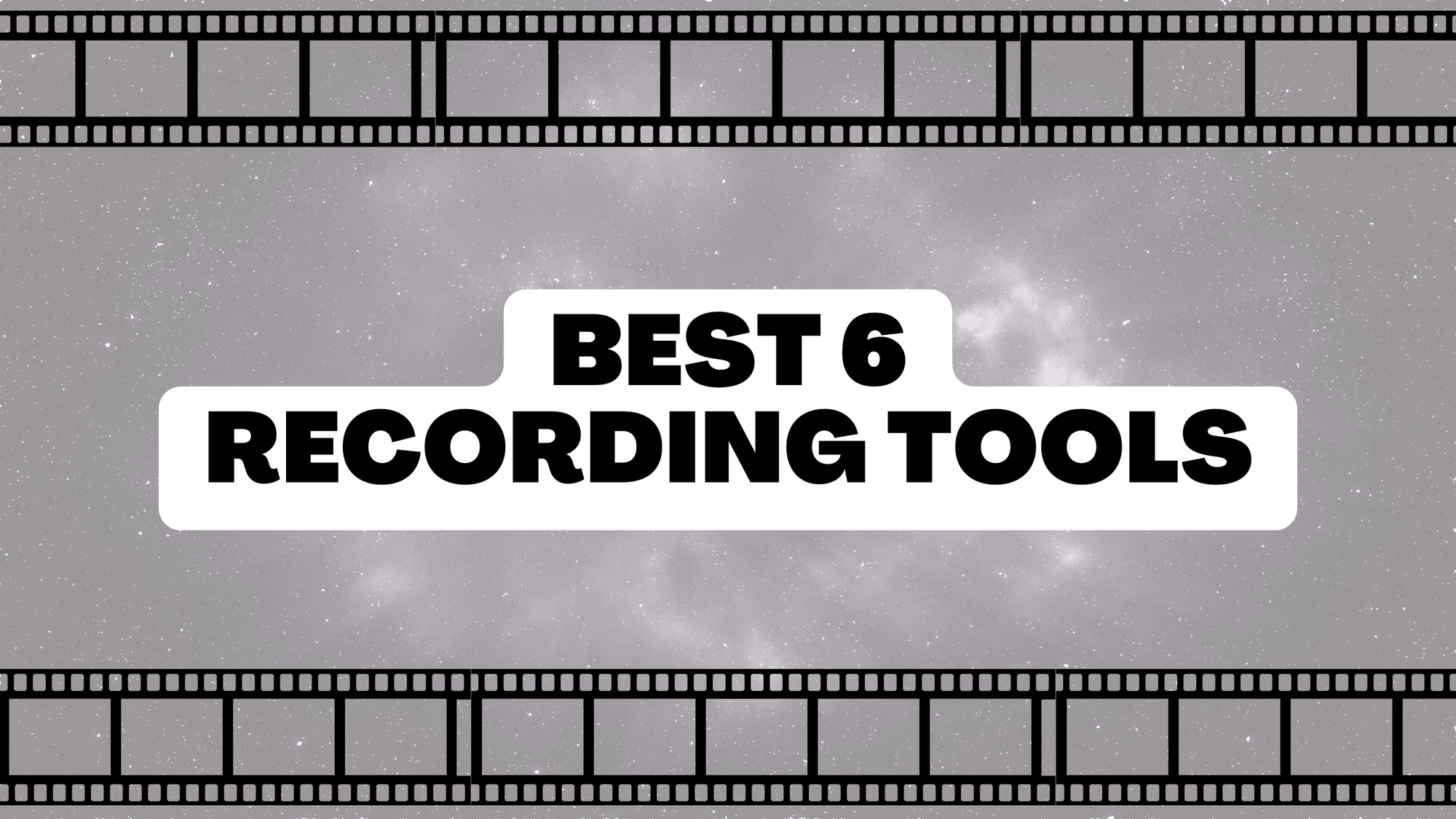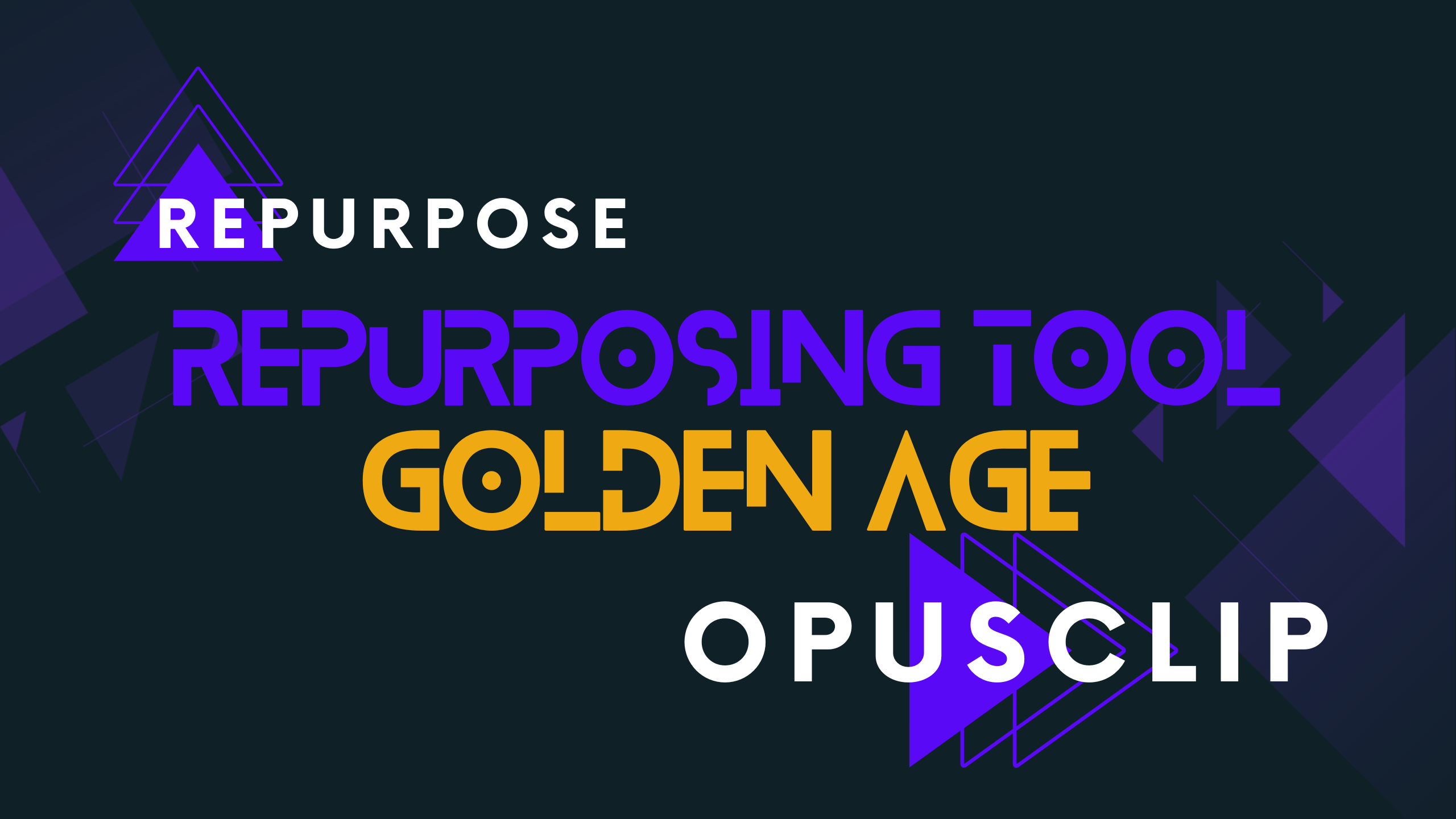When you get started on a new skill what do you look for?
You look for the quickest way to level up! Well how do you level up, if you can’t measure what level you are at. Now with things like the Feynman Technique you can sort of create your own levels, but having someone who has been doing this for a long time do it is far better.
The pool I started teaching at had their own system, and I kept seeing flaws with it. It was made probably two decades ago, if not more, and it was never really improved.
Why + Philosophy:
We want to motivate the new swimmer to know that it is okay if you don’t know a lot. We all start somewhere, and even if you are deathly afraid of the water you have a level.
The only reason why I even put a level zero was because of the pool I worked at had one. I thought it was a nice touch to include the babies and toddlers too. As they can learn to swim even at that young age (please, only with a professional near!).
Whether you are a child eager to learn, or a fully grown person who is trying to get over your fear. The level one is for you.
Basically just getting comfortable just BEING in the aquatic environment, and getting used to putting your face under. Maybe trying out some arm reaches and kicks.
How + Physics:
Next up is the level 2, where you are starting to actually do some movements. Often with your instructor helping you, or at least a kickboard to help keep you in motion.
This level is where the Three Steps to Swimming really get drilled into your brain. Then you practice doing those steps consistently.
Level 3 is doing the movements without any person holding the kid/adult up (I’ve legitimately held adults up to practice, we all need help sometimes). This is where you start to understand the Philosophy aspect often as well.
What + Psychology:
Level 4 is where you start to push your limits, it is like taking the training wheels off for short bits. Going farther than you did before, and you really start to feel that cardio for the first time.
When you DO feel that panic to breathe, then you learn how to stay calm in those moments. WHILE still swimming in the process.
Level 5 is about learning new strokes like Butterfly, and making your hydrodynamics tighter. Your glides need to have a tighter/stronger streamline to them. Your strokes are more precise, and your kicks more fluid. Most of that comes from muscle control in your mind.
Level 6, you gotta get past some of your barriers, and those are often mental. You start to form a pattern to your breathing and strokes.
While you might’ve joined swim team a while back, Level 7 is where you really start to shine. Mastering the ideas of the Why/How/What Philosophy/Physics/Psychology lessons I teach you.
Finally, the Level 8 is getting to the advanced tier. Basically you have not much more to learn. Rather practicing to perfection, and getting literal seconds shaved off your time.
Now some of these are pretty easy to understand:
Level 0: Parent and Child
Level 1: Entry and Comfort
Level 2: Basics and Consistency
Level 3: Self-Reliance and Competency
Level 4: Distance and Calmness
Level 5: Divergence and Compact
Level 6: Strength and Count
Level 7: The Three P's and Compete
Level 8: Combine and Complete
The reason why I didn’t go into too detail about each level is that is what the book is for for one; But for two I wanted people to focus on the simplicity of it.
Leveling up is an achievement, and should make you feel like you are accomplishing something. That motivating factor is what helps you keep going when it gets tough!
Disclaimer:
This is advice for people to level up their swimming, or perhaps get started in the first place. While you swim you should make sure you are doing so in a public facility with a lifeguard on duty for safety.
![Official Website for Dustin Miller PolyInnovator [LLC]](https://polyinnovator.space/content/images/2025/03/polyinnovator-logo-2024.png)











